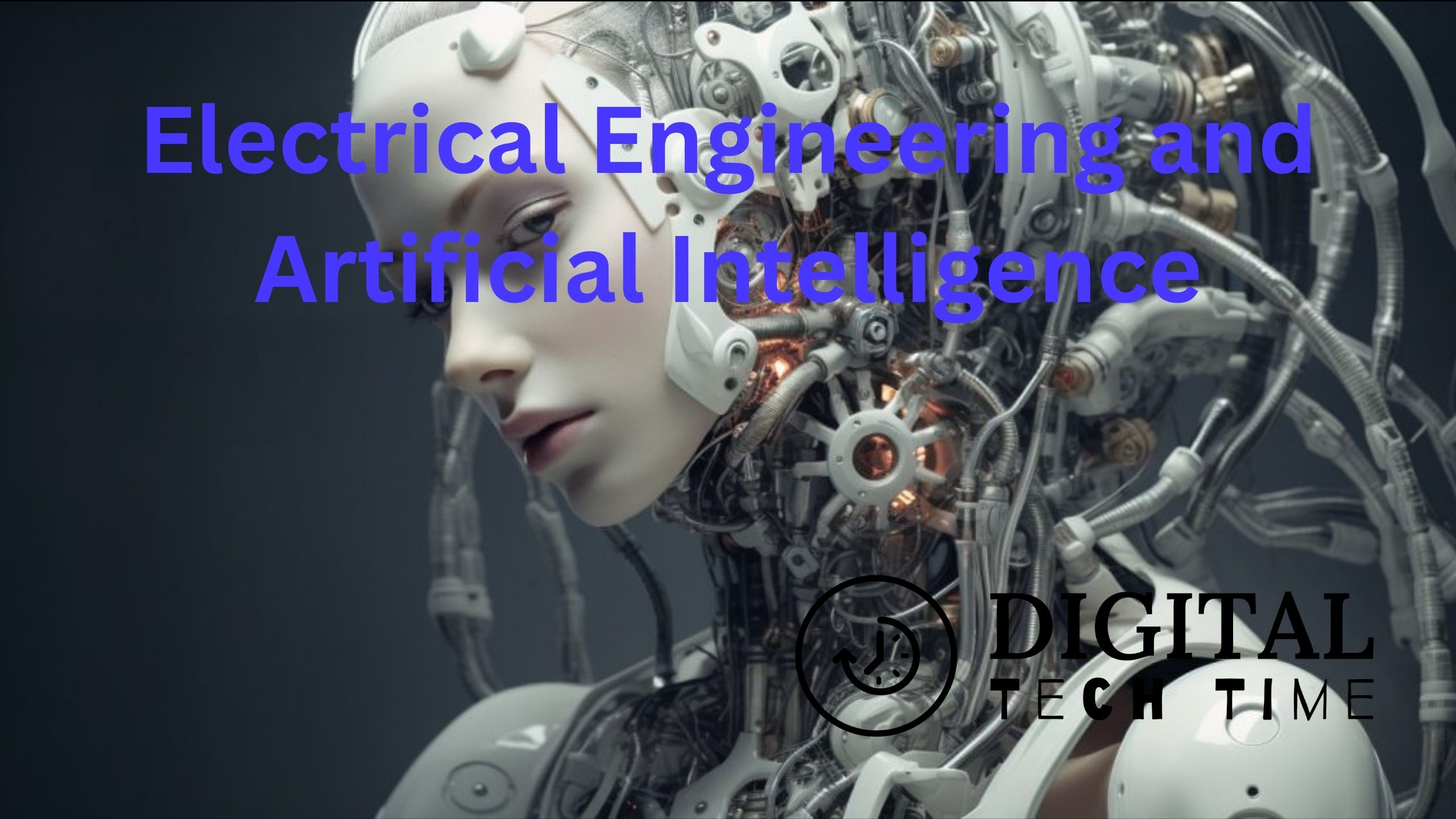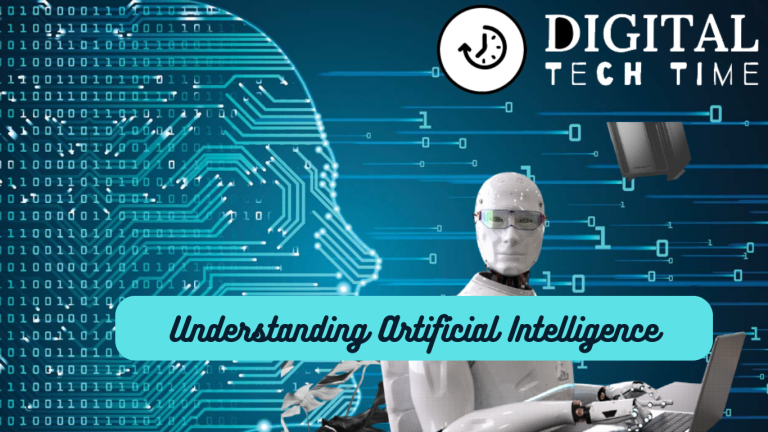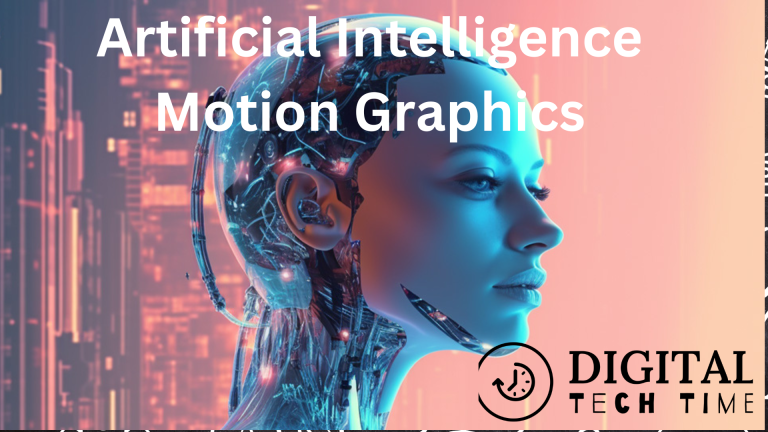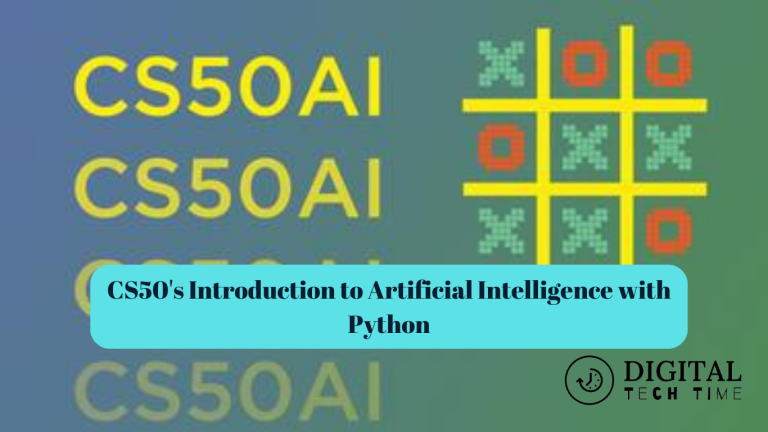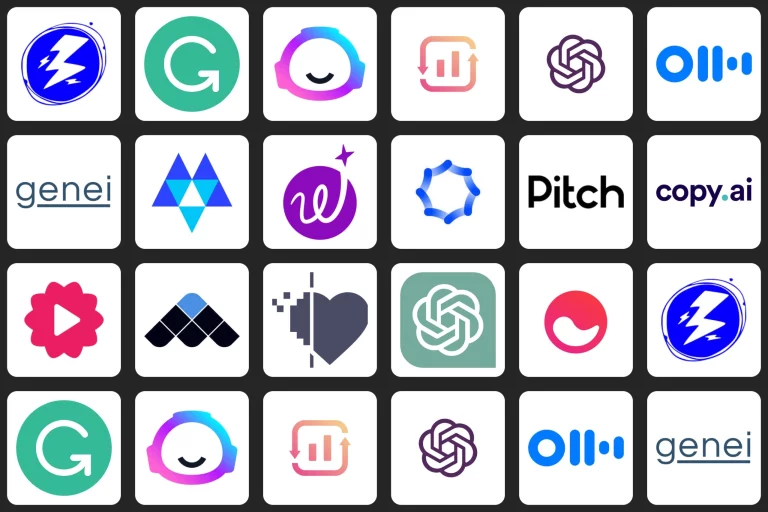Electrical Engineering and Artificial Intelligence: A Powerful Combination
Foundations of Electrical Engineering

Electrical Engineering is a branch of engineering that deals with the study and application of electricity, electronics, and electromagnetism. It is a broad field that encompasses a wide range of sub-disciplines, including power systems, signal processing, and circuit analysis. In this section, we will explore the foundations of Electrical Engineering and its various sub-disciplines.
Basic Circuit Analysis
Basic Circuit Analysis is the study of electrical circuits and their properties. It deals with the analysis of circuits that are made up of resistors, capacitors, and inductors. The analysis of circuits involves the calculation of voltage, current, and power. Basic Circuit Analysis is essential for understanding more complex circuits and is a fundamental part of Electrical Engineering.
Electromagnetism
Electromagnetism is the study of electric and magnetic fields and their interactions. It is a fundamental part of Electrical Engineering and is used to design and analyze a wide range of electrical devices. Electromagnetism is used to understand the behavior of electric motors, generators, transformers, and other electrical devices.
Signal Processing
Signal Processing is the study of how to process and analyze signals. Signals can be any form of information that is transmitted through a medium, such as sound, images, or data. Signal Processing is used to extract useful information from signals and is used in a wide range of applications, including telecommunications, audio and video processing, and medical imaging.
Power Systems
Power Systems is the study of the generation, transmission, and distribution of electrical power. It is a critical part of Electrical Engineering and is used to design and analyze power systems that are used to supply electricity to homes, businesses, and industries. Power Systems involves the study of generators, transformers, transmission lines, and distribution systems.
In summary, Electrical Engineering is a broad field that encompasses a wide range of sub-disciplines, including Basic Circuit Analysis, Electromagnetism, Signal Processing, and Power Systems. These sub-disciplines are essential for understanding and designing a wide range of electrical devices and systems.
Artificial Intelligence Basics
Artificial Intelligence (AI) is a field of computer science that focuses on creating machines that can perform tasks that typically require human intelligence, such as understanding natural language, recognizing images, and making decisions. AI has become increasingly popular in recent years, and it has the potential to revolutionize many industries.
Machine Learning
Machine Learning (ML) is a subfield of AI that focuses on teaching machines to learn from data. ML algorithms use statistical techniques to identify patterns in data and make predictions or decisions based on those patterns. There are three main types of ML: supervised learning, unsupervised learning, and reinforcement learning.
Supervised learning involves training a machine learning model on a labeled dataset, where the correct output is known. The model learns to map inputs to outputs based on the examples in the dataset. Unsupervised learning, on the other hand, involves training a model on an unlabeled dataset, where the correct output is unknown. The model learns to identify patterns in the data without any explicit guidance. Reinforcement learning involves training a model to make decisions based on feedback from the environment. The model learns to maximize a reward signal by taking actions that lead to positive outcomes.
Deep Learning
Deep Learning (DL) is a subfield of ML that focuses on teaching machines to learn from large amounts of data using neural networks. Neural networks are a type of ML model that are inspired by the structure of the human brain. They consist of layers of interconnected nodes that process information and make predictions.
DL has become increasingly popular in recent years due to its ability to achieve state-of-the-art performance on a wide range of tasks, such as image recognition, natural language processing, and speech recognition. DL models can be trained on massive datasets using specialized hardware, such as graphics processing units (GPUs), to speed up the training process.
Natural Language Processing
Natural Language Processing (NLP) is a subfield of AI that focuses on teaching machines to understand and generate human language. NLP involves a wide range of tasks, such as language translation, sentiment analysis, and chatbot development.
NLP models use techniques from both ML and DL to analyze and generate natural language. For example, a text classification model might use supervised learning to classify text into different categories, while a language translation model might use a sequence-to-sequence neural network to generate translations.
In conclusion, AI is a rapidly evolving field that has the potential to transform many industries. ML, DL, and NLP are three important subfields of AI that are driving much of the recent progress in the field. By understanding the basics of these subfields, one can gain a better understanding of the potential of AI and how it can be applied to solve real-world problems.
Integration of Electrical Engineering and AI

The integration of Electrical Engineering and AI has brought about significant advancements in various fields, including power systems and signal processing. AI has enabled Electrical Engineers to create devices that are smarter and more efficient, resulting in improved performance and reduced costs.
AI in Power Systems
AI has proven to be an effective tool in the management of power systems. With the help of AI, Electrical Engineers can predict power outages, monitor power consumption, and optimize power distribution. AI algorithms can analyze data from various sources, such as weather forecasts, historical data, and real-time sensor data, to predict power demand and supply. This helps in the efficient management of power grids, reducing energy waste and costs.
AI can also be used to detect faults in power systems. Electrical Engineers can train AI algorithms to identify patterns in data that indicate a fault in the system. This helps in the early detection of faults, reducing downtime and maintenance costs.
AI in Signal Processing
Signal processing is another area where AI has made significant contributions. Electrical Engineers use signal processing to analyze and manipulate signals, such as audio and video signals. AI algorithms can be used to enhance signal quality, reduce noise, and detect anomalies in signals.
AI can also be used in speech recognition and natural language processing. This technology is used in digital assistants such as Siri and Alexa, which respond to voice commands. Electrical Engineers can use AI to develop speech recognition algorithms that can recognize different accents and languages.
In conclusion, the integration of Electrical Engineering and AI has brought about significant advancements in various fields. AI has enabled Electrical Engineers to create devices that are smarter and more efficient, resulting in improved performance and reduced costs. With the continued development of AI technology, we can expect to see even more innovative solutions in the future.
Emerging Trends
As the fields of electrical engineering and artificial intelligence continue to evolve, there are several emerging trends that are worth exploring. Two of the most promising areas of development are AI in Smart Grids and AI in Electronic Design Automation.
AI in Smart Grids
Smart grids are modern power systems that incorporate advanced communication and control technologies to optimize energy delivery and consumption. AI is increasingly being used in smart grids to improve their efficiency, reliability, and security.
One of the key benefits of AI in smart grids is its ability to analyze large amounts of data in real-time. By using machine learning algorithms, smart grids can identify patterns and anomalies in energy usage, predict demand, and adjust supply accordingly. This can help to reduce energy waste, lower costs, and improve overall system performance.
Another area where AI is making a significant impact is in the management of renewable energy sources. By using AI to optimize the integration of solar, wind, and other renewable sources, smart grids can ensure that energy is delivered to where it is needed most, while minimizing waste.
AI in Electronic Design Automation
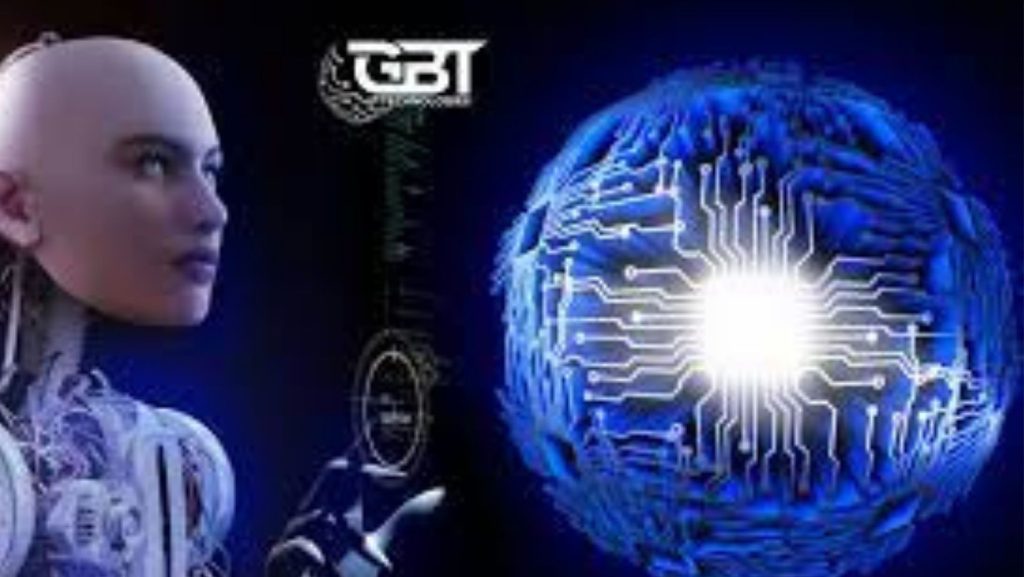
Electronic Design Automation (EDA) is the process of designing and verifying electronic systems and components. AI is increasingly being used in EDA to improve the speed, accuracy, and efficiency of the design process.
One of the key benefits of AI in EDA is its ability to automate repetitive and time-consuming tasks. By using machine learning algorithms, EDA tools can quickly generate and evaluate design options, identify potential errors, and optimize performance. This can help to reduce design time and costs, while improving the quality of the final product.
Another area where AI is making a significant impact is in the design of complex systems. By using AI to simulate and analyze the behavior of complex systems, EDA tools can help engineers to identify potential problems before they occur, and optimize system performance.
In conclusion, AI is playing an increasingly important role in the fields of electrical engineering and artificial intelligence. By leveraging the power of machine learning algorithms, engineers can improve the efficiency, reliability, and performance of a wide range of systems and components.
Ethical Considerations
Artificial Intelligence (AI) is rapidly advancing and becoming more integrated into various fields, including electrical engineering. However, there are important ethical considerations that must be taken into account when developing and implementing AI technology.
AI Ethics
AI ethics refers to the moral and social implications of AI technology. As AI becomes more advanced and integrated into society, it is important to consider the potential impact on individuals and society as a whole. Some of the ethical considerations related to AI include:
- Bias: AI algorithms can be biased if they are trained on biased data. This can result in discriminatory outcomes, such as denying certain individuals opportunities or perpetuating harmful stereotypes.
- Privacy: AI technology can collect and process vast amounts of personal data. It is important to ensure that this data is protected and not used in ways that violate individuals’ privacy rights.
- Accountability: As AI becomes more autonomous, it can be difficult to determine who is responsible for its actions. It is important to establish clear lines of accountability to ensure that AI is used ethically.
Engineering Ethics
Engineering ethics refers to the moral and professional standards that engineers must uphold when developing new technology. Electrical engineers have a responsibility to ensure that their work is safe, reliable, and does not harm individuals or society. Some of the ethical considerations related to electrical engineering and AI include:
- Safety: Engineers must ensure that AI technology is safe for use and does not pose a risk to individuals or the environment.
- Transparency: Engineers must be transparent about how AI technology works and how it makes decisions. This can help to build trust with users and ensure that the technology is used ethically.
- Social Responsibility: Engineers must consider the potential impact of their work on society and take steps to ensure that it is used for the greater good.
In conclusion, ethical considerations are an important aspect of developing and implementing AI technology in electrical engineering. By considering the potential impact on individuals and society, engineers can ensure that AI is used ethically and responsibly.
Frequently Asked Questions
What are the benefits of combining electrical engineering and AI?
The combination of electrical engineering and AI has several benefits. One of the primary benefits is the ability to analyze large amounts of data quickly and accurately. This can help electrical engineers to design more efficient systems and improve performance. Additionally, AI can be used to automate certain tasks, which can save time and reduce costs.
How can machine learning be applied in electrical engineering?
Machine learning can be applied in several ways in electrical engineering. For example, it can be used to predict equipment failures, optimize energy consumption, and improve system performance. Additionally, machine learning can be used to analyze large amounts of data to identify patterns and trends that may not be visible to the human eye.
What are the job opportunities for electrical engineers in the field of AI?
There are several job opportunities for electrical engineers in the field of AI. Some of the most common roles include data analyst, machine learning engineer, and AI researcher. Additionally, many companies are looking for electrical engineers who have experience with AI to help them design and develop new products and systems.
What are the challenges of integrating AI into electrical engineering?
One of the biggest challenges of integrating AI into electrical engineering is the complexity of the systems involved. Electrical engineers need to have a deep understanding of both electrical engineering and AI to be able to integrate the two effectively. Additionally, there may be regulatory and ethical concerns that need to be addressed when using AI in electrical engineering.
How can AI be used in electrical drawing and design?
AI can be used in several ways in electrical drawing and design. For example, it can be used to optimize the placement of components on a circuit board, identify potential design flaws, and automate certain design tasks. Additionally, AI can be used to analyze data from sensors to help engineers design more efficient systems.
What skills are necessary for an electrical engineer to work in AI?
To work in AI as an electrical engineer, it is important to have a strong foundation in both electrical engineering and computer science. Additionally, knowledge of machine learning algorithms, data analysis, and programming languages such as Python and MATLAB is essential. Good communication skills and the ability to work in a team are also important, as AI projects often involve cross-functional teams.

